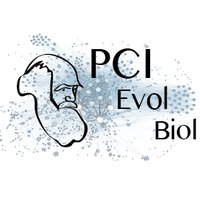Complex genetic determinism of male-fertility restoration in the gynodioecious snail Physa acuta
This article has been Reviewed by the following groups
Discuss this preprint
Start a discussion What are Sciety discussions?Listed in
- Evaluated articles (Peer Community in Evolutionary Biology)
Abstract
Male fertility in plants is often controlled by the interaction between mitochondrial and nuclear genes. Some mitotypes confer cytoplasmic male sterility (CMS), making the individual male-sterile, unless the nuclear background contains alleles called restorers, that suppress the effects of CMS and restore the hermaphroditic phenotype. Restorers in cultivated crops are often alleles with strong and dominant effect, but in wild plants, data often suggest more complex systems. Here, we characterized the inheritance and specificity of restoration in a new CMS model, the freshwater snail Physa acuta . We explored two different populations (i) a naive population i.e., without contact with CMS in the past 80 generations, (ii) a non-naive population, where CMS is present and largely restored. Although we found male fertility of individuals with CMS mitogenomes to be heritable in both contexts, this genetic determinism was of a different nature depending on population history. In naive populations not coevolved with CMS the background variation may include alleles that happen to act as weak quantitative modifiers of the penetrance of CMS, while in populations coevolved with CMS, selection may have favored, when such variants were available, the emergence of strong alleles with a dominant effect.


